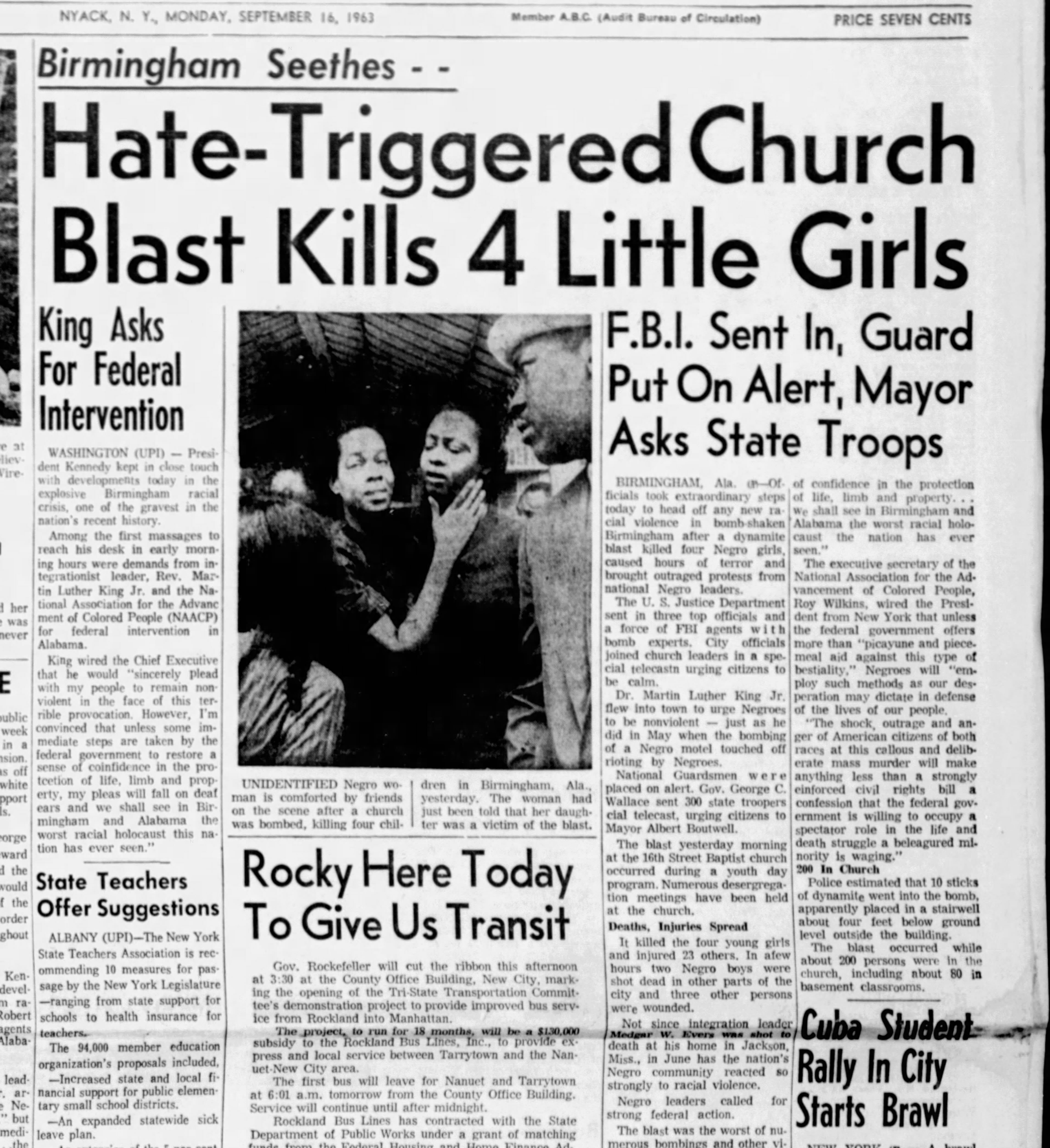News Articles for Beginners
News Articles for Beginners
Blog Article
The 6-Second Trick For News Articles
Table of ContentsSome Known Factual Statements About News Articles The Ultimate Guide To News ArticlesSome Ideas on News Articles You Need To Know7 Easy Facts About News Articles ExplainedHow News Articles can Save You Time, Stress, and Money.
Excellent understanding of various subjects provides pupils an affordable side over their peers. Despite the fact that electronic and social networks are conveniently easily accessible, we must not fail to remember how essential it is to check out the newspapers. Parents have to attempt and inculcate the routine of reading a newspaper as a daily routine to proceed the heritage of the adored print medium.Information tales also consist of at the very least one of the complying with important qualities relative to the designated target market: closeness, prominence, timeliness, human passion, oddity, or consequence.
Within these limitations, newspaper article likewise intend to be comprehensive. Other aspects are entailed, some stylistic and some acquired from the media kind. Amongst the larger and much more revered newspapers, fairness and equilibrium is a significant consider providing details. Commentary is typically constrained to a separate area, though each paper may have a different overall angle.
Newspapers with a worldwide target market, for instance, tend to make use of a more official style of composing. The specific selections made by a news outlet's editor or content board are commonly accumulated in a style overview; typical style guides consist of the and the US Information Design Publication. The major objectives of news writing can be summed up by the ABCs of journalism: accuracy, brevity, and quality.
The Single Strategy To Use For News Articles
As a rule, reporters will not make use of a lengthy word when a short one will certainly do. Information authors attempt to stay clear of utilizing the same word a lot more than once in a paragraph (occasionally called an "resemble" or "word mirror").
Nevertheless, headlines occasionally omit the topic (e.g., "Leaps From Watercraft, Catches in Wheel") or verb (e.g., "Pet cat lady fortunate"). A subhead (additionally subhed, sub-headline, subheading, caption, deck or dek) can be either a secondary title under the primary headline, or the heading of a subsection of the short article. It is a heading that comes before the main text, or a group of paragraphs of the primary text.

Additional signboards of any of these kinds might show up later on in the article (specifically on subsequent web pages) to tempt additional reading. Such signboards are also utilized as guidelines to the article in various other areas of the publication or website, or as advertisements for the piece in various other magazine or sites. Common framework with title, lead paragraph (summary in strong), various other paragraphs (details) and call information.
Instance of a hard-lead paragraph NASA is proposing one more area project. The budget demands roughly $10 billion for the project.
An "off-lead" is the second most crucial front web page news of the day. To "bury the lead" is to start the post with history details or information of additional value to the readers, requiring them to check out more deeply into a post than they need to have to in order to find the important factors.
3 Easy Facts About News Articles Described
Typical use is that or 2 sentences each form their own paragraph. Reporters typically explain the organization or framework of an information tale as an upside down pyramid. The vital and most fascinating aspects of a story are put at the start, with supporting information complying with in order of lessening relevance.
It enables individuals to discover a topic to only the deepness that their curiosity takes them, and without the charge of information or nuances that they might think about irrelevant, but still find more making that details available to more interested viewers. The upside down pyramid structure likewise enables write-ups to be trimmed to any type of arbitrary length throughout layout, to fit in the area offered.
Some writers begin their tales with the "1-2-3 lead", web yet there are many kinds of lead offered. A twist can refer to multiple points: The last tale in the information broadcast; a "satisfied" story to finish the show.
Longer short articles, such as publication cover articles and the pieces that lead the within areas of a paper, are understood as. Feature stories differ from straight information in several methods.
The smart Trick of News Articles That Nobody is Talking About
The journalist frequently details communications with meeting subjects, making the item a lot more individual. An attribute's first paragraphs often connect an appealing minute or occasion, as in an "anecdotal lead". From the details of a person or episode, its view quickly broadens to generalities about the tale's topic. The area that signals what an attribute is around is called the or signboard.

The Editor's Toolbox: A Reference Overview for Beginners and Professionals (2001) Allan M. Siegal and William G. Connolly. The New York City Times Manual of Design and Usage: The Official Style Guide Utilized by the Writers and Editors of the World's Many Authoritative Newspaper (2002) M. L. Stein, Susan Paterno, and R.
Report this page